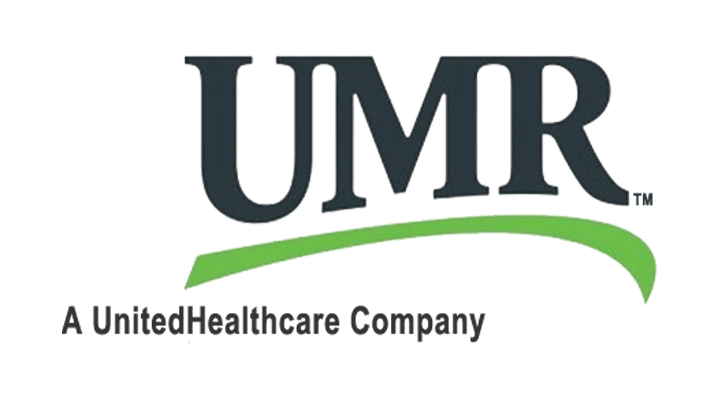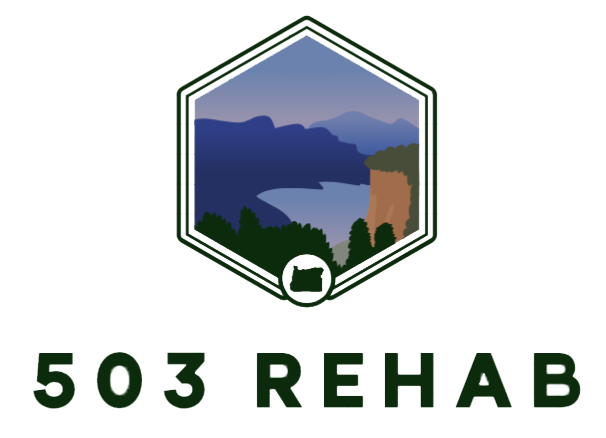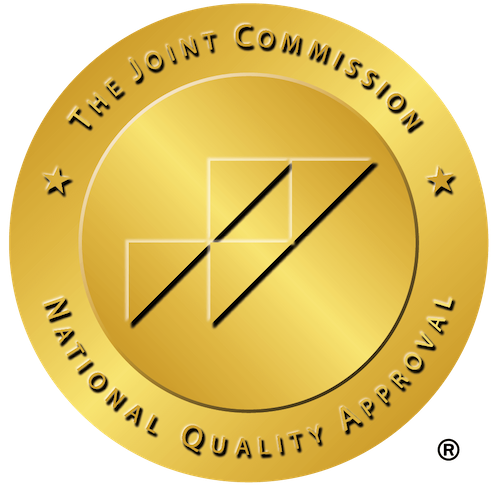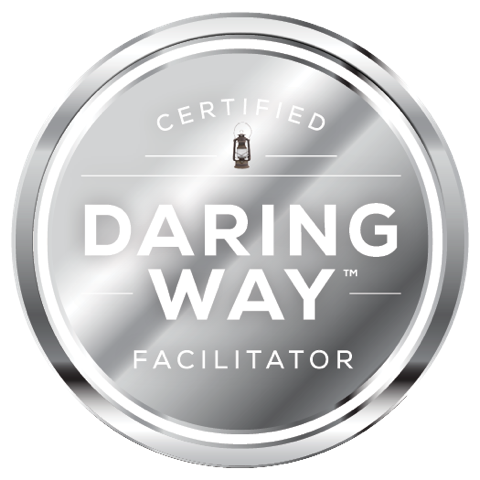What is Fentanyl Addiction?
Fentanyl addiction is a rapidly growing concern across the globe, primarily because of the drug’s potent effects. Fentanyl, a synthetic opioid, is up to 100 times more powerful than morphine and 50 times more potent than heroin. Its high potency means that even small doses can be deadly, making it one of the most dangerous drugs available. Addiction to fentanyl develops quickly due to its strong euphoric effects, leading individuals down a path of dependence and abuse. The drug affects the brain’s reward centers, creating a cycle of addiction that can be incredibly hard to break without professional help.
The symptoms of fentanyl addiction are varied but often devastating. Physically, users may experience extreme happiness, drowsiness, nausea, confusion, constipation, sedation, problems breathing, and unconsciousness. Behavioral changes are also common and include increased secrecy about drug use, withdrawal from social activities and responsibilities, financial difficulties due to spending money on drugs, and engaging in risky behaviors to obtain the substance. As tolerance builds, individuals require higher doses to achieve the same effect, leading to an increased risk of overdose—a perilous situation given fentanyl’s lethal potential at low quantities. Recognizing these signs early is crucial for seeking intervention and support to combat this life-threatening addiction.
Getting Treatment for Fentanyl Addiction
Fentanyl addiction is a severe and life-threatening condition that calls for immediate, comprehensive treatment. The process begins with detoxification, under medical supervision, to manage withdrawal symptoms safely and effectively. Following detox, individualized treatment plans are crucial for addressing the underlying causes of addiction. These plans often include a combination of therapy sessions, both one-on-one and in group settings, which aim to equip individuals with coping strategies and mechanisms to resist future temptations of drug use. Rehabilitation programs also emphasize the importance of family support and may offer counseling sessions for family members to foster a supportive environment for recovery.
Continuing care is essential in maintaining sobriety after the initial treatment phase. This can include ongoing therapy sessions, support groups specifically designed for those recovering from opioid addiction, and sometimes medication-assisted treatment (MAT) to manage cravings and reduce the risk of relapse. Lifestyle changes, such as engaging in regular physical activity and seeking out fulfilling hobbies or volunteer work, can also play a vital role in recovery. It’s important for individuals recovering from fentanyl addiction to remember that while the journey might be challenging, it is also deeply rewarding. With the right support system and dedication to their recovery program, long-term sobriety is achievable, allowing individuals to rebuild their lives free from addiction.
FAQ
We've compiled a list of frequently asked questions to provide clarity on the experience and alleviate any remaining fears or anxieties you might have.
A typical day in addiction rehab involves a structured and supportive environment aimed at promoting physical, mental, and emotional healing. Residents typically wake up early for a healthy breakfast before starting their daily schedule of therapy sessions, group activities, and workshops that address the root causes of their addiction. These may include individual counseling, group therapy, family therapy, exercise classes, educational lectures, and recreational activities. The day is also filled with nutritious meals, breaks for reflection and relaxation, and time for personal reflection through journaling or meditation. In the evening, there may be peer support meetings or 12-step programs to participate in before turning in for the night. Each day at our facilities is carefully planned to provide a well-rounded approach to recovery and help individuals establish healthy habits and coping mechanisms.
Typically, a detox period lasts around five days, though it can span from three to 10 days. The duration of detox is individualized, influenced by factors like the substances used, amounts consumed, duration of use, frequency, and method of administration. These factors collectively determine the necessary length of stay for you or your loved one.
Upon entering addiction treatment, there are certain items that are allowed and encouraged to bring for your comfort and well-being. These may include comfortable and appropriate clothing, personal hygiene products, prescription medications (with proper documentation), and journals or books for personal reflection. However, there are also items that are not allowed in addiction treatment facilities. These typically include any substances, such as drugs or alcohol, as well as weapons and anything that may be considered a distraction from the recovery process. Checking with the facility we've chosen in advance for a detailed list of permitted and banned items is crucial to ensure a seamless transition into treatment.
With Drug Abuse and Addiction, we understand that addiction is often closely tied to mental health issues. That's why our centers for drug abuse and addiction also prioritize addressing underlying mental health concerns. Our team of professionals is equipped to provide support and treatment for a variety of mental health disorders, such as depression, anxiety, PTSD, and more. We believe in a holistic approach to recovery, and this includes addressing both physical and mental health needs. Our admissions team is dedicated to finding the right facility that can offer comprehensive care for all your needs, ensuring a successful recovery journey. We are here to support you every step of the way towards lasting sobriety and improved mental well-being.
Our admissions team at Drug Abuse and Addiction is dedicated to helping you discover the ideal treatment center for your requirements. Selecting a rehab center can be daunting, which is why our team is here. We are committed to assisting you in navigating the process and locating the perfect center for you or your loved one. Comprised of caring and knowledgeable professionals, our admissions team comprehends the intricacies of addiction and the significance of selecting the appropriate treatment. We consider your unique needs, preferences, and any co-occurring conditions to match you with a facility that provides tailored care. You do not have to face this alone – our admissions team is committed to aiding you at every stage toward a successful recovery.
Watching a loved one struggle with addiction can be heartbreaking and overwhelming. You may feel helpless and unsure of how to help them. The first step towards getting your loved one the help they need is to have an open and honest conversation with them about their addiction. Express your concern and offer your support, but also set boundaries and encourage them to seek professional help. It may also be helpful to research treatment options with our team and have resources readily available for your loved one.
Remember to remain patient, understanding, and supportive throughout this process – recovery is a journey and it will take time. With the right approach and support, you can help your loved one find the path to a healthier and happier life free from addiction. So don't hesitate to reach out for guidance and support from our team at Drug Abuse and Addiction. We are here to help you and your loved one every step of the way towards recovery.
No matter how dedicated you are to your recovery journey or how determined you are to maintain sobriety for life, there's a possibility of relapse at some stage. Statistics from the National Institute on Drug Abuse indicate relapse rates during recovery range from 40% to 60%. Post-relapse, it's common to feel shame or remorse. You might even contemplate surrendering to addiction rather than persevering to combat the urge to use. While these feelings are normal, they can pose obstacles to achieving a drug-free life. Instead, view a relapse as a learning opportunity; refine your relapse prevention strategy and identify triggers. By delving into the underlying reasons for the relapse, you'll establish a foundation for a recovery that ensures you come back even stronger.
The initial step involves assessing whether revisiting rehab is necessary. If it was an isolated occurrence and you're dedicated to evaluating or adjusting your recovery plan, returning to an inpatient facility may not be essential. This setting provides the patient with hands-on care and ongoing monitoring. However, falling back into a persistent pattern of substance misuse may indicate the need for reentry into a structured treatment regimen. If conversations about substance use arise, socializing with individuals who encourage drinking, or using substances as a coping mechanism resurface, it signals a more significant issue requiring prompt intervention.
Upon reentering treatment post-relapse, the primary focus should be on reintegrating into daily life. Opting for a sober living environment for a few months post-treatment could be the most effective means to prevent relapse, as accountability and structure aid during the initial vulnerable phase. Additionally, having an outpatient therapy plan in place for ongoing support post-rehab is beneficial.






